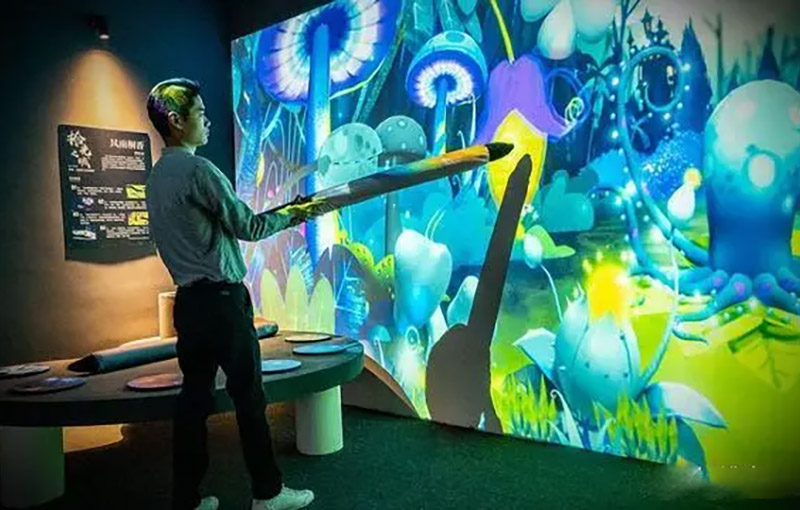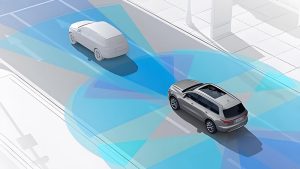LiDAR technology is transforming the gaming industry by enabling more immersive and interactive game worlds. By providing detailed 3D spatial information, LiDAR enhances game environments and player interactions, setting a new standard for gaming experiences.

Introduction to LiDAR in Gaming
LiDAR works by emitting laser pulses and measuring the reflected light to create detailed 3D maps. In gaming, this technology is used to generate realistic game environments and enhance player interactions.
Creating Dynamic Game Worlds
One of the key benefits of LiDAR in gaming is its ability to create dynamic and responsive game worlds. By using LiDAR data, developers can design game environments that react to players’ actions. For example, a game world can change based on player movements or interactions, providing a more engaging experience.
Enhancing Realism
LiDAR also contributes to the realism of game environments. High-fidelity 3D models generated from LiDAR scans can be integrated into games, creating environments that closely resemble real-world locations. This level of detail enhances immersion, making games more lifelike and engaging.
Gesture-Based Controls
LiDAR technology can also improve gesture-based controls in gaming. By providing precise depth information, LiDAR enables more accurate gesture recognition, allowing players to interact with games using natural hand movements. This enhances the overall gaming experience, making it more intuitive and enjoyable.
Challenges and Opportunities
Integrating LiDAR into gaming presents challenges, such as processing large amounts of data in real-time. However, advancements in technology are addressing these challenges, opening up new opportunities for developers to explore innovative applications of LiDAR in gaming.
Future Trends
As technology continues to evolve, the use of LiDAR in gaming is expected to expand. Future developments may include more sophisticated integration techniques, improved data processing capabilities, and new applications that push the boundaries of gaming experiences.
Conclusion
LiDAR is revolutionizing the gaming industry by enabling more immersive and interactive game worlds. Its ability to create realistic environments and enhance player interactions is setting a new standard for gaming experiences, with exciting opportunities for future developments.


